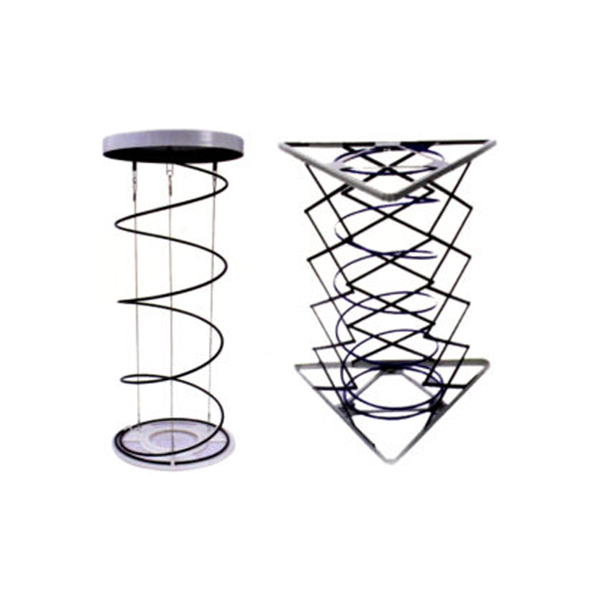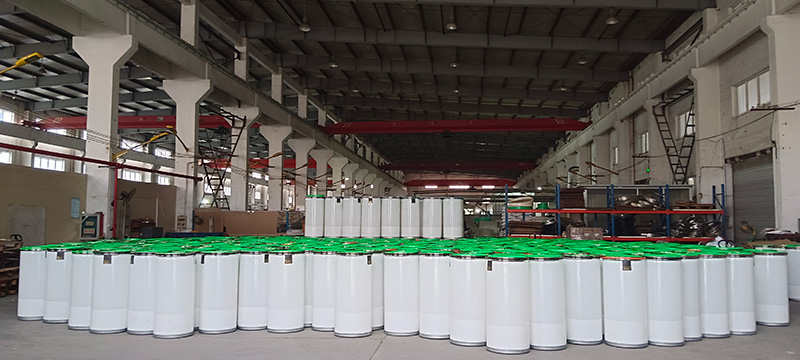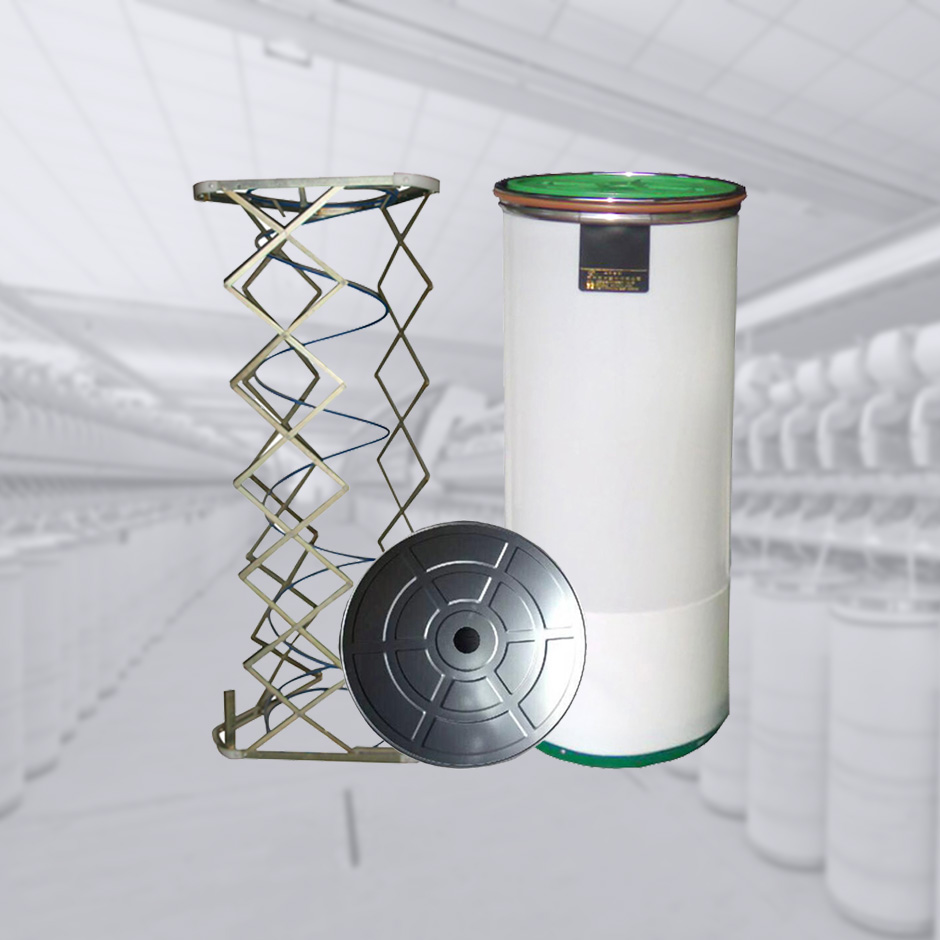In the intricate world of textile manufacturing, the quality of the final product heavily relies on the efficiency and precision of every step in the process. The spring mechanism in the sliver handling system is one part of this chain that is frequently disregarded yet is extremely important.
Consistent and stable springs play a pivotal role in maintaining the quality of the sliver, which is a continuous bundle of textile fibers that is ready for spinning. This article delves into the significance of these springs, their impact on sliver handling, and the overall benefits they bring to textile production.
Knowing How to Handle Sliver in Systems
An essential component of the textile production process is the sliver handling system. It involves various stages including carding, drawing, and roving, where the fibers are progressively aligned, blended, and prepared for spinning. Throughout these stages, maintaining the uniformity and integrity of the sliver is paramount. Any disruption or inconsistency can lead to defects in the final yarn, affecting the quality of the textile product.

The Role of Springs in Sliver Cans
Springs in sliver cans are designed to maintain consistent pressure on the sliver as it is being fed into the subsequent processing machines. These springs are typically found at the base of the sliver can and are crucial for several reasons:
Maintaining Uniform Pressure: As the sliver is gradually drawn from the can, the spring ensures that the pressure remains constant. This prevents any sudden tension changes that could break or damage the sliver.
Preventing Sliver Compression: Without a stable spring mechanism, the sliver at the bottom of the can could become compressed due to the weight of the sliver above. This compression can lead to variations in sliver density, resulting in uneven yarn quality.
Smooth Feeding: Consistent pressure from the spring facilitates smooth and even feeding of the sliver into the next stage of processing. This is essential for maintaining the continuous and unbroken flow of fibers, which is critical for high-quality yarn production.
Key Characteristics of Effective Springs
To fulfill their role effectively, springs used in sliver handling systems must possess certain characteristics:
Consistency: The spring must provide a consistent force throughout its range of compression. Any variability can lead to fluctuations in sliver tension and density.
Durability: Because textile manufacture is a continuous process, springs need to be strong and able to resist numerous cycles of compression and decompression without losing their qualities.
Corrosion Resistance: Textile environments can be harsh, with exposure to moisture and chemicals. Springs need to be made from materials that resist corrosion to maintain their performance over time.
Precision Engineering: Springs must be precisely engineered to match the specific requirements of the sliver handling system. This includes the correct tension, size, and shape to fit seamlessly into the can and interact with the sliver.
Benefits of Consistent & Stable Springs
The incorporation of consistent and stable springs in sliver handling systems offers numerous benefits:
Enhanced Yarn Quality: Uniform tension and pressure on the sliver lead to more consistent yarn quality. In order to produce textiles that satisfy consumer demands and industry requirements, this is essential.
Reduced Downtime: Stable springs reduce the likelihood of sliver breakages and the associated downtime needed to fix such issues. This increases the industrial process’s overall efficiency.
Lower Waste: By preventing sliver compression and maintaining uniformity, these springs help reduce waste generated during the production process.
Increased Productivity: Smooth and continuous feeding of slivers ensures that the machinery operates at optimal speeds without interruptions. This leads to higher productivity and throughput in textile manufacturing.
Cost Savings: While high-quality springs may involve an initial investment, the long-term benefits of reduced waste, lower downtime, and enhanced product quality translate to significant cost savings for textile manufacturers.
Case Study: Implementing Stable Springs in a Textile Mill
Consider a textile mill that was facing issues with inconsistent yarn quality and frequent machine stoppages. Upon investigation, it was found that the springs in their sliver cans were not providing uniform pressure, leading to variations in sliver tension.
By replacing these springs with high-quality, consistent, and stable springs, the mill observed several improvements. The yarn quality became more consistent, machine stoppages due to sliver breakages were significantly reduced, and overall productivity increased. Additionally, the reduction in waste led to cost savings, and the enhanced efficiency allowed the mill to meet its production targets more reliably.

Upcoming Developments and Trends
With developments in materials science and engineering, it is anticipated that the function of springs in silver handling systems will change. Future trends may include the development of springs made from advanced alloys or composite materials that offer even greater durability and corrosion resistance. Additionally, innovations in spring design could lead to more precise control over sliver tension, further enhancing yarn quality.
Moreover, real-time performance monitoring of springs may be made possible by including smart technologies like sensors and Internet of Things (IoT) devices. This would allow for predictive maintenance, ensuring that springs are replaced before they lose their effectiveness, thereby preventing disruptions in the production process.
Conclusion
In the textile industry, the quality of the final product is deeply intertwined with the precision and efficiency of each component in the manufacturing process. Consistent and stable springs in sliver handling systems play a crucial role in maintaining the integrity and uniformity of sliver, which is essential for high-quality yarn production.
By ensuring uniform pressure, preventing sliver compression, and facilitating smooth feeding, these springs contribute significantly to the overall efficiency and productivity of textile manufacturing. As the industry continues to evolve, the importance of these seemingly small components will only grow, driving further innovations and improvements in textile production.

